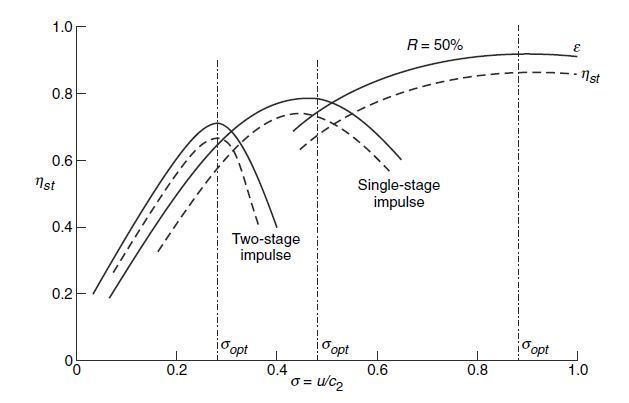 | ||
The utilization factor or use factor is the ratio of the time that a piece of equipment is in use to the total time that it could be in use. It is often averaged over time in the definition such that the ratio becomes the amount of energy used divided by the maximum possible to be used. These definitions are equivalent.
Contents
Electrical engineering
In electrical engineering, utilization factor,
For example, an oversized motor - 15 kW - drives a constant 12 kW load whenever it is on. The motor load factor is then 12/15 = 80%. The motor above may only be used for eight hours a day, 50 weeks a year. The hours of operation would then be 2800 hours, and the motor use factor for a base of 8760 hours per year would be 2800/8760 = 31.96%. With a base of 2800 hours per year, the motor use factor would be 100%.
Other definitions
In offshore pipeline engineering, it is the ratio of the maximum allowable stress to the stress generally modelled at that section.
In power plant, utilization varies according to the demand on the plant from the electricity market.
